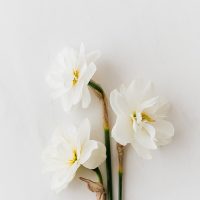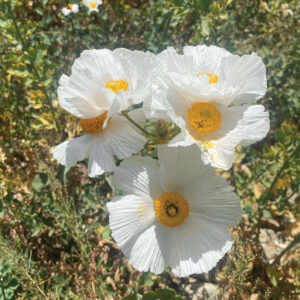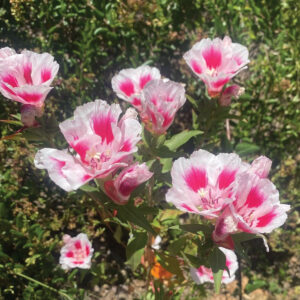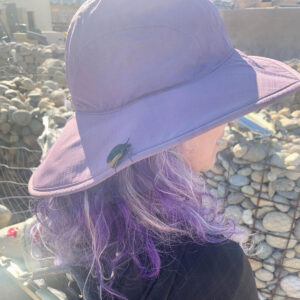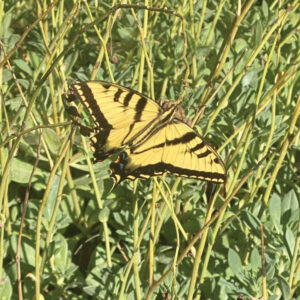I am in love with edibles, I especially love subtropical fruits, and I have been very lucky to find an amazing resource almost right in my own backyard! As a matter of fact this nursery actually is someone’s backyard.
I have been trying (in vain) to grow a fruiting banana but the weather here in the Santa Clarita Valley has been conspiring against me. I’ve killed two already (yes, I have a kill list where they are prominently displayed) and I will try again because given the right circumstances I will grow my own bananas! In the meantime after negotiating with my friend Alex (who you will meet below) I was allowed to buy a somewhat rare (and not at all cold tolerant) banana called a Misi Luki. Which I promised to plant at my best friend’s house down in Huntington Beach, I am very proud to say that it has fruit on it!
So… in honor of that fruit I am posting information from Alex Silber of Papaya Tree Nursery who is a wealth of information on the world of sub tropical plants. Please be sure to visit his website to see all the great plants that he has, and if you want to see them in person just make sure to call ahead… they are by appointment only. Please tell him, “Julie sent me.”
Banana Planting & Care
Papaya Tree Nursery (Alexander Silber)
You can grow top quality bananas at home in most of Southern California (Sunset Magazine zones 18 – 24). It’s a matter of selecting the correct variety, providing the banana’s special fertilizer needs and performing a few thinning operations. Your reward will be beautiful, tropical foliage and annually about 40 lbs per bunch of unusual, vine ripened fruit.
Banana Facts:
· Most banana plants fruit 18 months from first planting and every year thereafter. They are self-fruitful.
· Dwarf types average 7’tall, midsize 12’, tall types 24’
· Dwarf types, which can be container grown indoors are:
Raja Puri, Cavendish, Dwarf Orinoco and Dwarf Jamaican Red.
· Cold tolerant types include: Manzano, Cardaba, Raja Puri, Dwarf Orinoco, Monthan, Hua moa and Dwarf Brazilian
· Cold sensitive types include: Cavendish, Williams, Iholena, Lacatan, Dwarf Jamaican Red, Mysore, and Enano gigante.
· Bananas are free of pest and disease problems in California.
Growing Tips:
· Bananas are decorative and distinctive; they require only 4 square meters of growing area and thrive when planted next to south facing buildings (their roots are noninvasive).
· Locate in full sun; choose a wind-protected site.
· Incorporate an abundance of planting mix or compost.
· Water weekly; they are shallow rooted and benefit from a deep (3”-6”) layer of organic mulch.
Fertilize Abundantly:
· Use chicken manure plus a source of potash such as Sul-Po-Mag (K-Mag) or sulfate of potash. Or apply 6 lbs. Per year of (10-5-40 or similar) using three split applications.
· During the first season cut out all “pups”. Thereafter, each year leave the first two pups appearing in spring; and remove all others.
· Cover the fruit with a large light blue plastic bag open at the bottom.
· Cut off the flower bud when emerging fruit stop hanging on while leaving approximately a 6” long stub at the base.
· After the harvest, cut the stalk off at ground level. A machete works well for this. You can also use a spade to cut the base at ground level. Remember to peel away any dry tissue to facilitate the use of the spade.
· Prop the heavy bunches with two poles, or tie it to an adjacent building.
www.papayatreenursery.com 
For More Information see my website: Thegrassisalwaysgreener.net




